Top 10 food packaging developments of 2019
December 10, 2019
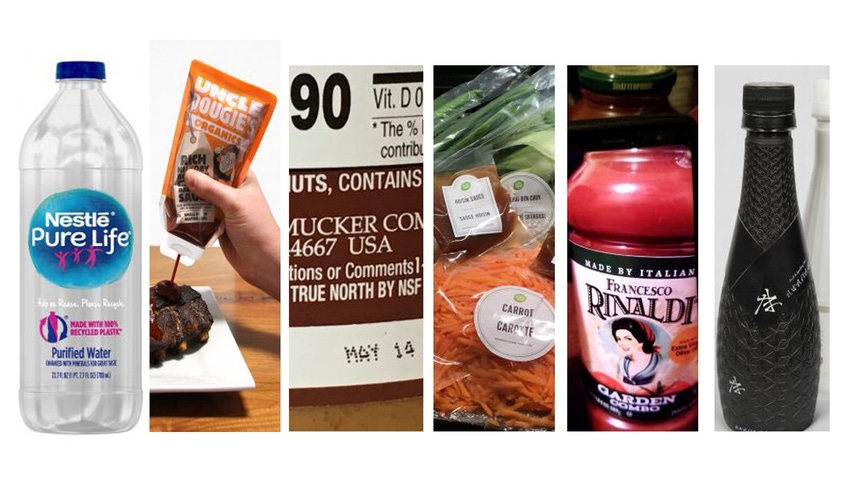
Augmented reality, moldable paper, smart caps, inverted pouches, better date codes, sustainable meal kits and other innovations were featured these past months.
As with most fans of college football, I like to watch my favorite team on TV and read how their success is reflected in the latest polls. Polls are not perfect, but they're the best way to rank and compare teams unless they’ve played each other…and even at that there’s much debate.
Which is totally unlike Packaging Digest’s website metrics that permit precise identification of how the many dozens of features posted since January 1 have performed and how they compare with one another. Thus, these end-of-year top-read lists are ideal for readers to make sure they haven’t overlooked must-read features that resonated with a considerable number of packaging professionals.
What is a large must-read market for a majority of PD’s audience is that of food packaging. According to one report, the global food packaging segment was valued at $293 billion in 2018 and is projected to reach a value of $423 billion by 2025 at a CAGR of around 5.4% between 2019 and 2025.
Revealed in reverse order, the opening article in our 2019 best-read lists kicks things off with a smart packaging application, specifically one using augmented reality. At one time a rare novelty, due to the ubiquity of smartphones and Quick Response codes the tech is growing exponentially; a September 2019 report pegs the AR market at a CAGR near 56% to reach $149 billion by 2025.
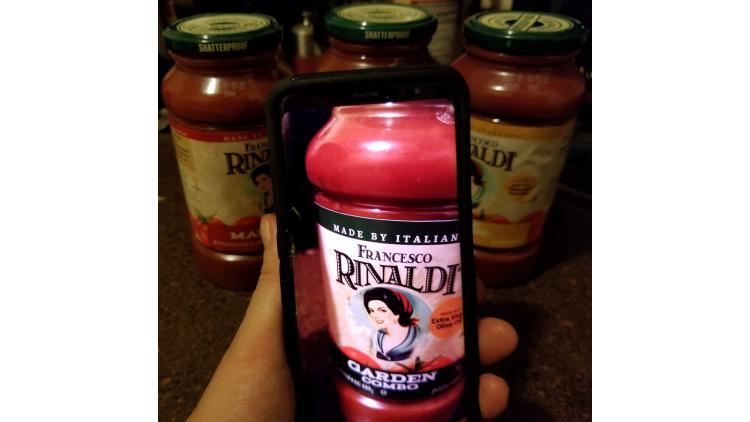
A case study example of a brand leveraging AR’s capability is pasta sauce maker Francesco Rinaldi, which recently updated its products in a way that allows consumers to interact with brand spokesperson Mrs. Rinaldi.
The Francesco Rinaldi AR App (available via the Apple Store or Google Play) permits consumers to pick up the jar from the shelf, scan it and hear the story of the product directly from brand mascot Mrs. Rinaldi.
“Through AR, we are looking forward and focusing on technology, while staying true to our traditional pasta sauce recipes and Italian culture,” says Mary DeMarco, creative and branding director for brand owner LiDestri Food and Drink. “The app enables us to reach a new generation of pasta sauce lovers by being innovative and disrupting tradition a little.”
Link: Augmented reality brings pasta packaging to life
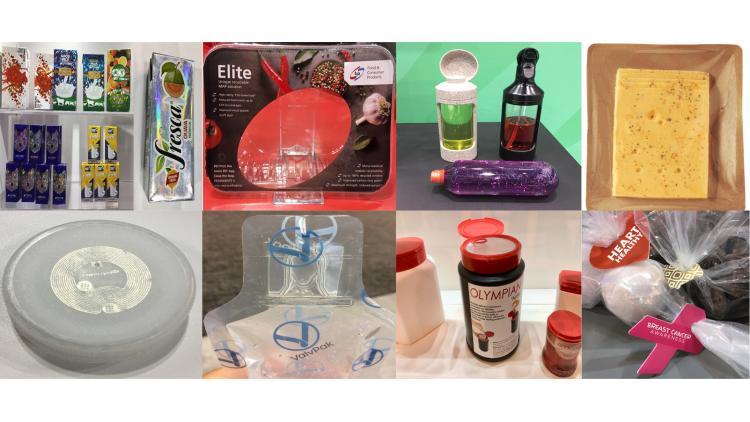
#9 Pack Expo breakthroughs...
In addition to serving as a catalyst for the inverted pouch series, the innovations-rich Pack Expo 2018 in Chicago also provided a springboard for this next article that reported on eight innovations that bring something new and different to the food packaging table, an octet that’s accompanied by beverage packaging breakthroughs as well.
The listing starts with a barrier tray that looks and feels like kraft paper with the distinct advantage that it can be molded into trays that are recyclable and ends seven developments later with two-in-one summary of two innovative booth displays. In between these bookend references you’ll find smart caps, holographic aseptic cartons and a several others worth checking out.
Link: Pack Expo 2018: 8 advancements in food and beverage packaging
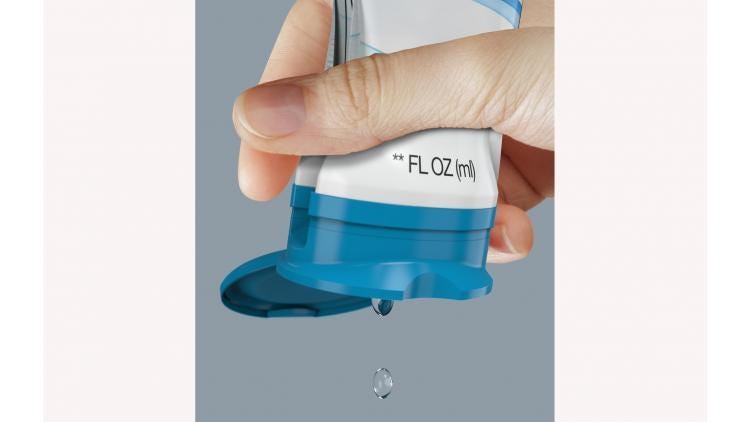
#8 A topsy-turvy disruptive format...
The second in Packaging Digest’s inverted pouch series—and the second to make this list—center on Pro Pouch Squeeze, ProAmpac’s entry into the space. It’s reflective of the rich history of innovation in the flexible packaging market from the company’s the two forming companies, Ampac and Prolamina, which became an integrated whole in a 2015 merger.
Sal Pellingra, vp global application and innovation development, ProAmpac, says the company’s Pro Pouch Squeeze can replace squeeze bottles as well as thicker tube packaging for both food and non-food packages, specifically liquid food and condiments, health and beauty and industrial chemical markets. Pellingra discusses the benefits, options and status for the fast-growing format.
Link: Inverted pouch trend upends food packaging: ProAmpac
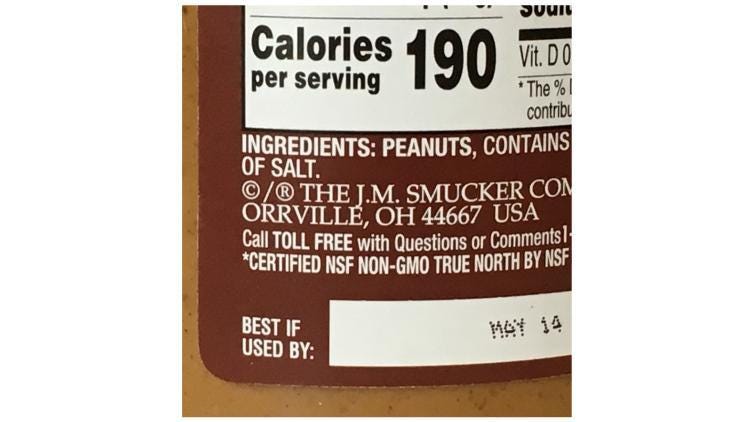
#7 Clarifying a very confusing date...
No less than three U.S. key regulatory agencies agree: We should standardize the voluntary date-code labeling for food sold in the United States as part of a new strategy to fight food and packaging waste.
In April 2019, the federal government announced the launch of an interagency effort called the “Winning on Reducing Food Waste FY 2019-2020 Federal Interagency Strategy.” The Food and Drug Administration (FDA), U.S. Department of Agriculture (USDA) and Environmental Protection Agency (EPA) are working together on the strategy.
Contributing editor Kate Bertrand Connolly identified the agencies’ six priority areas and pinpointed which one that food-brand owners and their packaging suppliers will be watching closely: 4. Clarify and communicate information on food safety, food date labels and food donations.
Link: Best If Used By date code recommended for food labeling
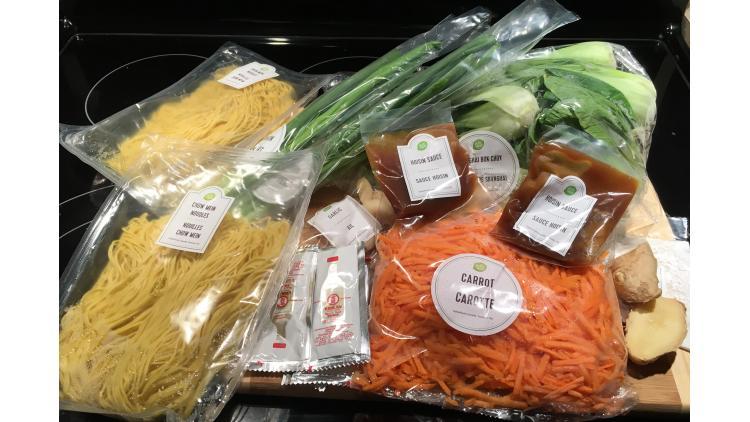
#6 Meal kits made sustainable...
It is possible for meal kits to deliver an exciting unboxing experience for ecommerce food shoppers and do so using sustainably optimized packaging? Yes, says Carol Zweep, manager of packaging, NSF Canada, who shared her insights and personal experiences with a packed and attentive audience at a conference session during PackEx Montreal last November.
In Montreal, Zweep noted market trends, drivers and shared specific examples of brands that developed sustainable meal kit solutions and then augmented her event presentation with custom input especially for Packaging Digest readers in this follow-up feature.
Link: Delivering sustainably optimized meal kit packaging
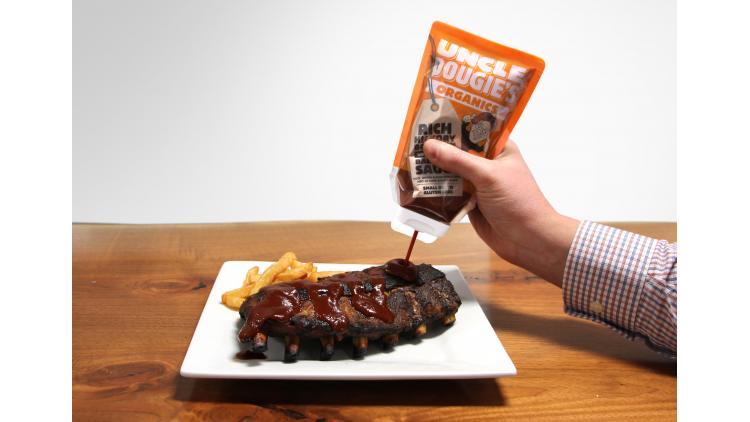
#5 A different kind of inverted pouch...
The third feature in Packaging Digest’s inverted pouch series details the introduction of Uncle Dougie’s Organic BBQ sauces that also marks the debut of the StandCap premade pouch from Glenroy.
The brand owner wanted packaging that could make a difference for its new line of sauces. At the same time, vendor Glenroy sought a brand-owner customer that would be the first to bring to market the StandCap inverted pouch in a turnkey, ready-to-use low-cost-to-entry premade format that had just be unveiled during Pack Expo Intl. in Chicago a few months earlier.
The partnership proved highly fortuitous for both companies with the launch of a product line that laid claim as the first sauce in a squeeze pouch.
Link: Inverted pouches upend food packaging: Uncle Dougie’s and Glenroy
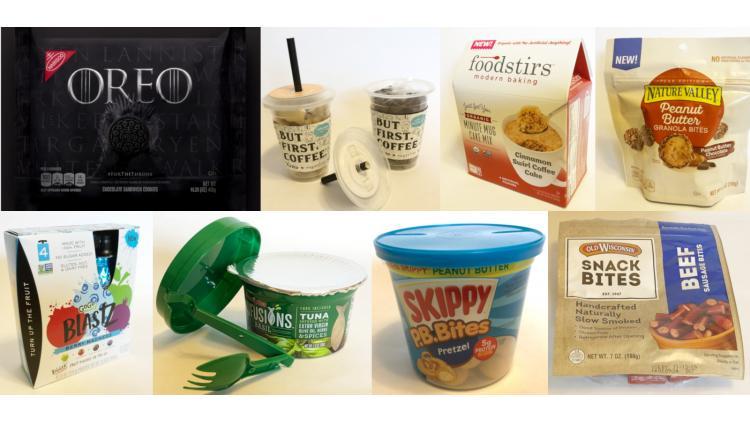
#4 Trendy snacks…
What happens when a veteran packaging reporter turns her attention to discerning on-trend snacks packaging? PD Executive Editor Lisa Pierce went shopping and spied with her discerning eyes a dozen dazzling packages that appeal to today’s snackers. Whether it’s touting portability, one-hand functionality, portion control, a health message or deserved indulgence, these packs sell consumers on the value of a quick pick-me-up in their busy lives.
Link: 12 trendy snack packs
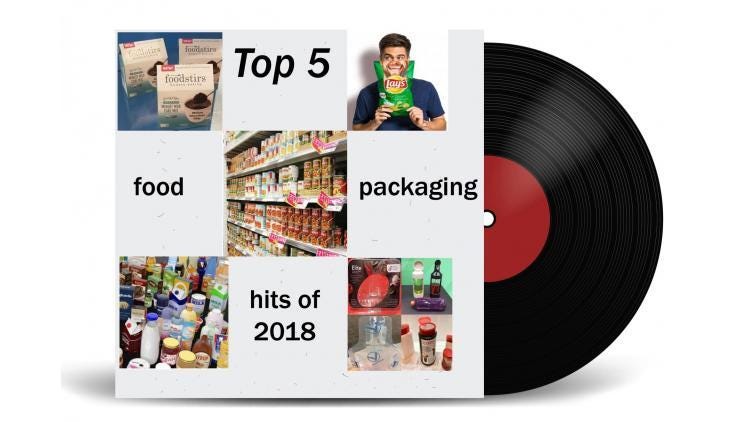
#3 A Top 5 makes the year’s Top 3...
Readers love lists and similar compilations, which is why we do them regularly—a single article where they can find content that scored well with a wide audience, and this one hit all the right notes. Posted last December, the Top 5 food packaging articles of 2018 messaged food safety, show-time innovations and advancements, the value of packaging-powered smiles and sweet and savory improvements.
Link: Top 5 food packaging hits of 2018
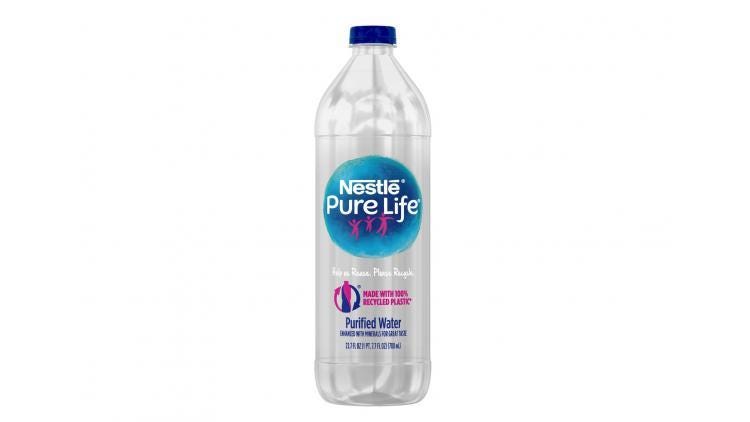
#2. A global CPG company discloses its sustainable plans...
Last January Nestlé laid out its vision and plans for accelerating the global packaged food provider’s sustainable packaging goals. Highlights included eliminating all plastic straws from its products, rolling out paper packaging applications for several products including pouched foods, increasing the recycled PET content of its bottles and collaborating with PureCycle Technologies to produce food-grade recycled polypropylene (PP) from plastic waste feedstock.
Packaging Digest conducted an exclusive interview with Nestlé USA packaging sustainability manager Walt Peterson, who discussed the pathway to make 100% of the company’s packaging recyclable or reusable by 2025 with a focus on avoiding plastic waste and joining progressive initiatives including Loop, which enables reusable packaging.
Link: Nestlé clarifies its sustainable packaging vision
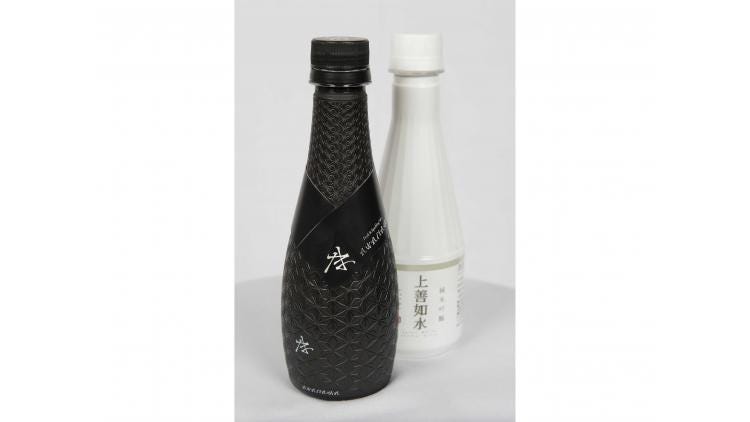
At #1 innovation on a global scale...
Notable breakthroughs from Packaging Innovation Awards 2019 winners were drawn from nearly 250 submissions around the world open to brand owners, retailers, packaging designers, converters and technology providers across the entire packaging value chain.
Shown is the Diamond Award-winning, glass-like DNP Functional Film Complex PET Plastic Bottle that's lightweight, recyclable and virtually unbreakable, and can be produced with an oxygen barrier. The other eight winners, recognized with Diamond Runner up and Gold awards, run the gamut from collapsible bottles to thermoformable paper and six other world-class innovations.
Link: 9 innovative food and beverage packages from around the world
You May Also Like


